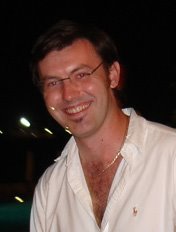Known as the wind capital of Europe, Tarifa has sumptuous white, soft sandy beaches, crystalline emerald colour water and a young and relaxed atmosphere due to thousands of windsurfing fans that converge on the area almost all year round.
The narrow cobbled streets, tumbling jasmine and beautiful wrought-iron that decorates many monuments and benches make Tarifa old town a charming place for a stroll. The original castle city walls of this ancient town blend effortlessly with the whitewashed houses and there are plenty of little tapas bars in the old town just to the east of the Alameda gardens. On the main street called Batalla del Salado you can stroll through numerous surf shops and trendy clothes shops.
There is the magnificent Church of San Mateo in the town centre and in nearby Calle de los Azogues the buildings date back to the 16th and 17th century. The Municipal Museum is also well worth a visit. It is located near the town hall in the square officially named Plaza de Santa Maria but locally known as the square of the ‘Little Frog’.
Meanwhile, away from this bustling town on the hills behind Tarifa, are hundreds of wind turbines generating enough power for this small town; it has one of the largest wind farms in Europe.Walk around the streets of Tarifa and you can not fail to feel the history of the place. For all the activities and the restaurants, the nightlife and the beautiful surroundings, it is impossible not to be fascinated by what went before you.

